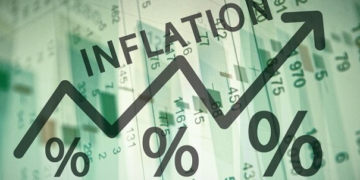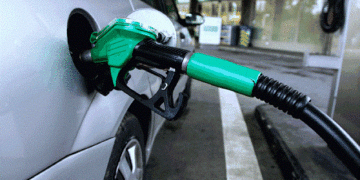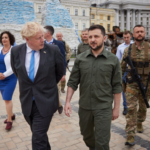Countries in the European Union have bought significantly more Russian liquified natural gas (LNG) between January – July 2023 than they did for the same period in 2022 and 2021, despite efforts to stop import of Russian gas via pipelines.
Also read; Soldiers announce military coup in Gabon after Bongo’s re-election
Global Witness analysis of Kpler data published on Wednesday showed that between January and July 2023, EU countries bought 22 million cubic meters of LNG, compared with 15 million cubic meters during the same period in 2021 – a jump of 40%. In the first seven months of 2022, EU members bought 21.3 mcm of Russian LNG.
By using Russian LNG prices estimated by the Centre for Research on Energy and Clean Air on spot and monthly trade values, Global Witness projects the EU’s 2023 purchases to be worth €5.29 billion (US$5.77 billion).
The EU has banned imports of Russian seaborne oil since the beginning of the conflict in Ukraine and drastically reduced shipments of pipeline gas from Moscow. LNG, however, has so far gone unsanctioned despite repeated calls from a number of EU officials.
The 40% rise in EU member states’ Russian LNG imports is sharper than the global average increase in imports of Russian LNG, which stands at 6%.
Data shows that the EU countries buy majority of Russia’s supply, between January and July 2023, the EU bought 52% of Russia’s exports, compared to 49% in 2022 and 39% in 2021.
Belgium and Spain were the second- and third-biggest buyers overall, purchasing 7.5 million cubic meters (mcm) and 7.1 mcm respectively, while France was fifth on the list with 4.5 mcm. China led the way with 8.7 mcm in LNG imports from Russia, while Japan was fourth with 7 mcm.
Recent data from Eurostat revealed a similar picture, showing that Russia was the EU’s second-largest supplier of LNG in the first quarter of 2023, behind the US but ahead of Qatar, Algeria, Norway, and Nigeria.
“It’s shocking that countries in the EU have worked so hard to wean themselves off piped Russian fossil gas only to replace it with the shipped equivalent,” said Jonathan Noronha-Gant, senior campaigner at Global Witness.
Prior to the Russian invasion of Ukraine, the EU did not import sizable amounts of the fuel from Russia prior to the conflict in Ukraine, instead relying on pipeline supplies.
Most shipments of Russian LNG come from the Yamal plant, a joint venture of the country’s largest LNG producer, Novatek, France’s TotalEnergies, China’s CNPC, and a Chinese state fund, the report said.
Recent research by Global Witness has revealed that Shell and TotalEnergies have continued to trade Russian LNG following the invasion. Global Witness analysis in July 2023 showed Total is the biggest non-Russian buyer of liquified gas from the country, buying nearly 4.2 million cubic meters of Russia’s LNG since the start of the year. And earlier Global Witness analysis revealed that between March and December 2022, Shell bought and sold 12 percent of all of Russia’s exports, over 7.5 million cubic meters of LNG.
Nnamdi Maduakor is a Writer, Investor and Entrepreneur























































